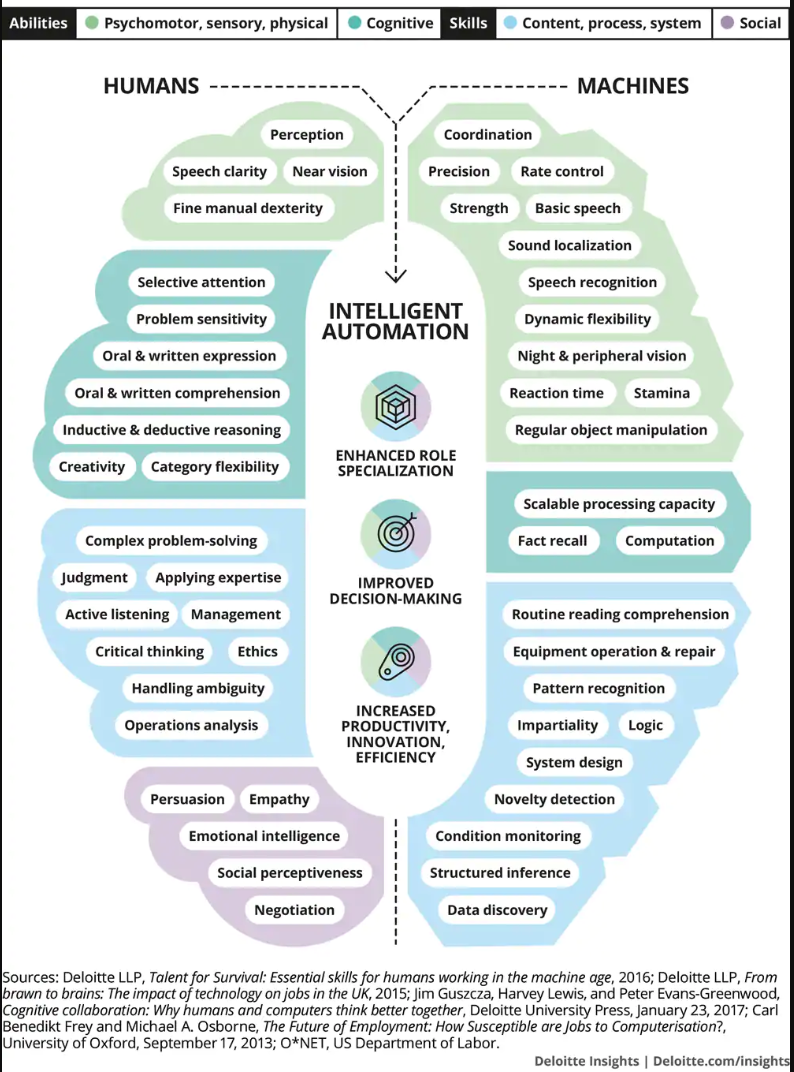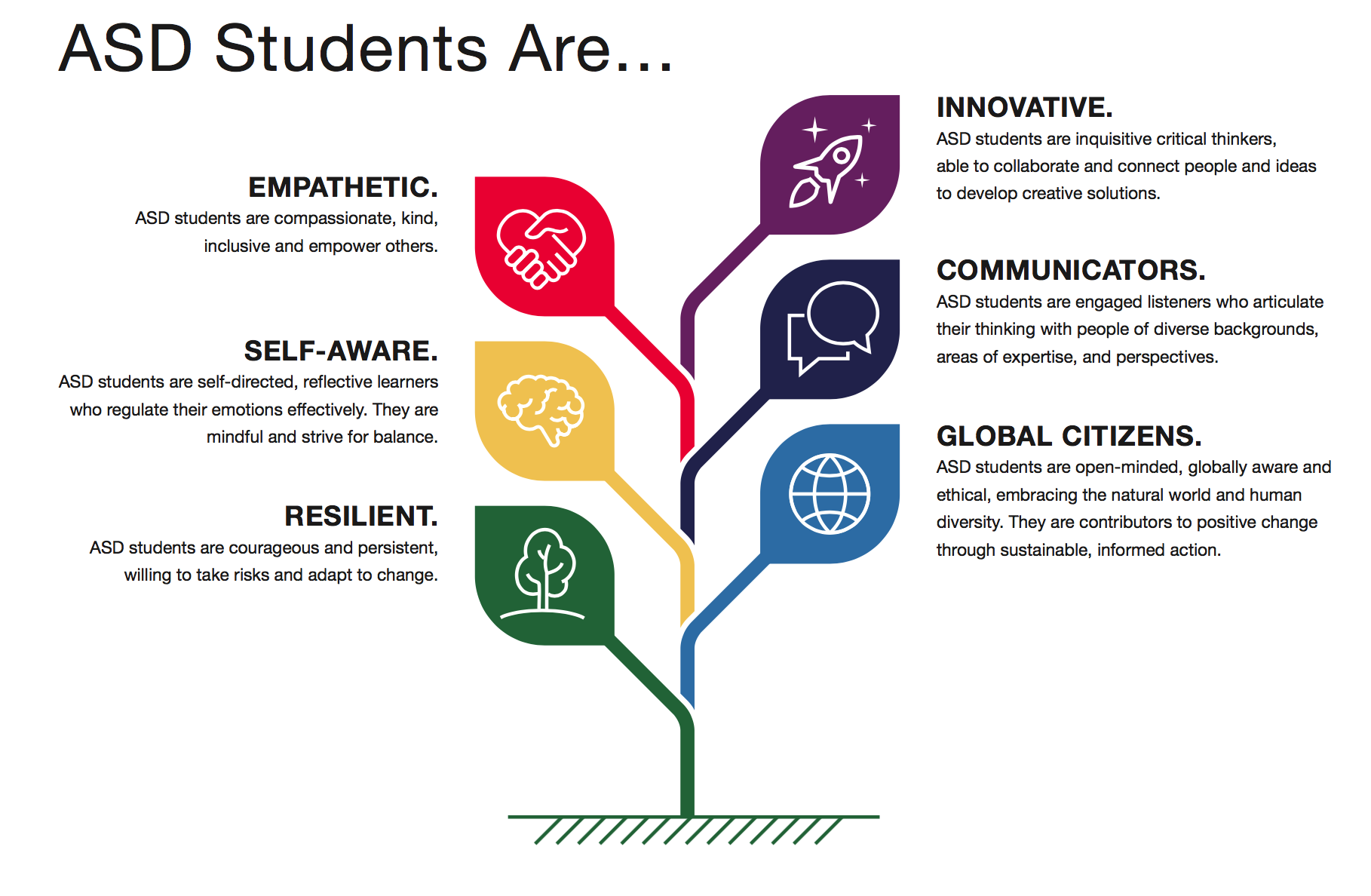Originally published in Intersections (American School of Bombay)
July, 2014
International schools are ideal laboratories to explore the myriad differences within our humanity. Our populations are diverse, our mindsets are global, and we are able to educate our motivated youth away from their ethnic comfort zones. This is a recipe for growth. Skills such as collaboration, problem-solving, communication, and critical thinking are getting appropriate attention as relevant for the 21st century. However, we cannot take full advantage of our privileged position if we cultivate these 21st century skills without also confronting the real-world context of applying these skills in an environment bursting with tension—stress caused by our difficulty in coming to terms with our racial and cultural differences. Unfortunately, most schools across the world are not delving deep enough into topics of race, culture, and active anti-racism. In avoiding the uncomfortable, or the difficult, we are doing our youth a disservice.
We have a moral imperative to prepare our youth for an interconnected world, where cultures intersperse (and sometimes collide) more easily than ever. Today’s young people think about race more often than we might believe. They turn to each other about what they see and think, and they would surely benefit from an adult interpretation of these issues. Through the media, they find numerous examples of injustice: racism in professional sports, mass evictions of Roma from settlements in Europe, and advertisements reinforcing negative stereotypes. They see public officials mistaking ethnic origins for national identities [1]. They see our communities getting more segregated. They see the wealth gap widening. Often treated as simply newsworthy items, each issue or incident is a teachable moment, an opportunity to expose and come to grips with underlying issues of race, culture, and human rights.
How we understand, appreciate, and act on the differences inherent in humanity continues to be of paramount importance to society—as evidenced by blurring racial lines, a flat world [2], and entrenched institutional bias—and it has become more difficult to do so because it is not politically correct to be completely honest about one’s own racial views. In fact, there are countless examples of people (well-meaning or not) losing their jobs or reputations when mishandling a racial issue [3]. As a result of this hypersensitive climate, a frank discussion on race has been forced out of the public sphere. Racism, once “in your face”, now operates under the surface, re-emerging at inopportune times. When an incident does occur, racism is quickly denounced, and perpetrators condemned. But this knee-jerk response rarely moves society closer to peace and harmony. Racism has been exposed, but not addressed. No learning has taken place. So, where better to unpack race issues than in the relative safety of the school setting?
Teaching young people about race must begin with an important distinction: one can do race without being a racist. Markus and Moya[4] (2010) remind us that “We do race and ethnicity—all of us, every day.” To be more blunt, they offer, “Anyone who thinks race is not a factor in his or her life is either dishonest or clueless.” Doing race is defined by Markus and Moya [5] as:
a [negative] doing—a dynamic set of historically derived and institutionalized ideas and practices that (1) sorts people into ethnic groups according to perceived characteristics, (2) associates differential value, power, and privilege with these characteristics, and (3) emerges when groups are perceived as a threat to each other’s worldview or way of life, which then justifies the denigration and exploitation of a group(s)…
Whether one is doing race depends on what is noted, how it is noted, why it is noted, and what one does with the information gathered as a result of that noting.
Although “doing race” is a nascent concept, most schools do include units or lessons on racism across the grade levels. With the focus on the worst of behaviors, students (and adults) find it easy to take an exalted viewpoint on the topic by simply proclaiming their abhorrence to racism (and who doesn’t feel this way?). However, if pressed on issues of our own privilege, our subconscious biases [6], or whether we believe that race is biological, tension, defensiveness, and unease enter the mix. It is these topics that beg the teacher’s attention, and where in lie opportunities for student learning and growth.
Take the popular concept of colorblindness. Today’s society beats this mantra until it is firmly in our subconscious. But colorblindness renders the world monochromatic, and makes the richness of humanity’s diversity invisible. What can be more disrespectful, or inhuman, than that outcome? In the landmark U.S. Supreme Court affirmative action Bakke case [7], Justice Harry Blackmun wrote, “In order to get beyond racism, we must first take account of race. There is no other way. And in order to treat some persons equally, we must treat them differently [8].”
Once we adequately recognize the negative aspects of race, thus coming to grips with our differences, we can move past race, and embrace the positive nature of culture. Wade Davis, author and Explorer-in-Residence at National Geographic, proclaims, “Culture is humanity’s greatest legacy [9].” Culture defines us as humans, and it is what we hope to leave behind when we are gone. Culture is rooted in identity and belonging. When claimed, culture confirms a sense of belonging, pride, and motivation [10].
Empathy is a critical disposition to possess in today’s context. Developing cultural empathy can come from exploring the practice of arranged marriages, or the central importance of family hierarchy in certain cultures, or what it is like to have dark skin in a white environment [11]. There are countless examples that are appropriate for classroom use. The exploration should culminate in the student developing a strong sense of his or her own ethnic identity, and how this identity is interdependent with how other people and society view it. It is with this cultural toolkit that our youth will be ready to thrive in the global world.
Finally, knowledge and skills have limited value unless they are put to use. Returning to ethical grounds, our school-age generation must have a bias toward action on issues of race. Despite the increased visibility of ethnic minorities in powerful political and economic positions, institutional bias continues to exert a debilitating influence on those not in positions of privilege. Its invisible force fuels inertia on social justice progress. Markus and Moya [12] speak to all of us, “We cannot let ourselves off the hook. We have a responsibility to act.”
To make the most impact, schools can empower its students to become actively anti-racist. This mindset entails students to challenge prejudice and bigotry, to protest injustice, and to influence peers on various hot-button issues [13]. At the very least, today’s schools must produce an army of allies [14], ready to exert a positive influence in the world. These allies will be self-aware of “doing race”, will be fully informed citizens on divisive race-based issues such as affirmative action, and will avoid playing a complicit role in reinforcing bias and racism in society.
The time is ripe for international schools to seize the opportunity to shape young minds on issues of race. In confronting the important, albeit difficult topics, and by not playing it safe or politically correct, schools will impart a more meaningful school experience on its students, and allow them to leave the safety of the campus possessing the relevant tools and attitudes to make the world a better place.
[1] http://www.newsweek.com/freshman-congressman-florida-mistook-senior-govt-appointees-indian-officials-261432
[2] Friedman, Thomas L. (2005) The World is Flat. Farrar, Straus, and Giroux. New York.
[3] See http://bit.ly/1AlOMIk for results from a simple Google search of “loses job because of racial comments”
[4] Markus, H. & P. Moya (2010). Doing Race. New York: Norton.
[5] Ibid.
[6] For a personal shock, take Harvard’s Implicit Attitude Test (https://implicit.harvard.edu/implicit/)
[7] Regents of the University of California v. Bakke, 438 U.S. 265 (1978)
[8] Markus, H. & P. Moya (2010). Doing Race. New York: Norton.
[9] Davis, W. (2009). The Wayfinders. Toronto: Anansi Press.
[10] Markus, H. & P. Moya (2010). Doing Race. New York: Norton.
[11] Staples, B. “Black Men and Public Space.” Harpers. December 1986. Electronic
[12] Ibid.
[13] “198 Methods of Nonviolent Resistance” offers many options for action, based on personal comfort level (Sharp, Gene (1973). The Politics of Nonviolent Resistance. Boston: Porter Sargent.)
[14] Ayvazian, Rev. A. “Interrupting the Cycle of Oppression”. Fellowship, January-February 1995. Electronic.





